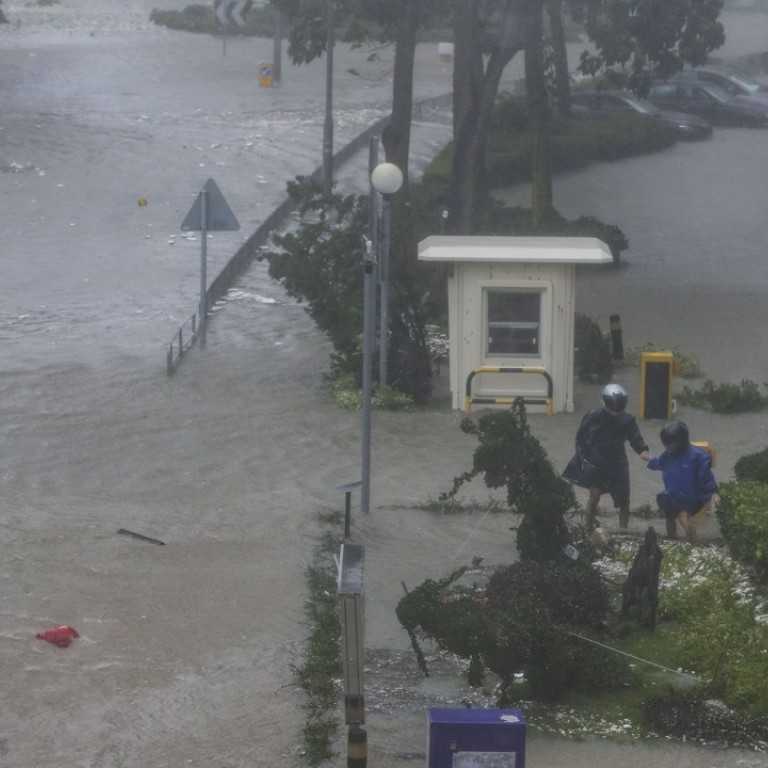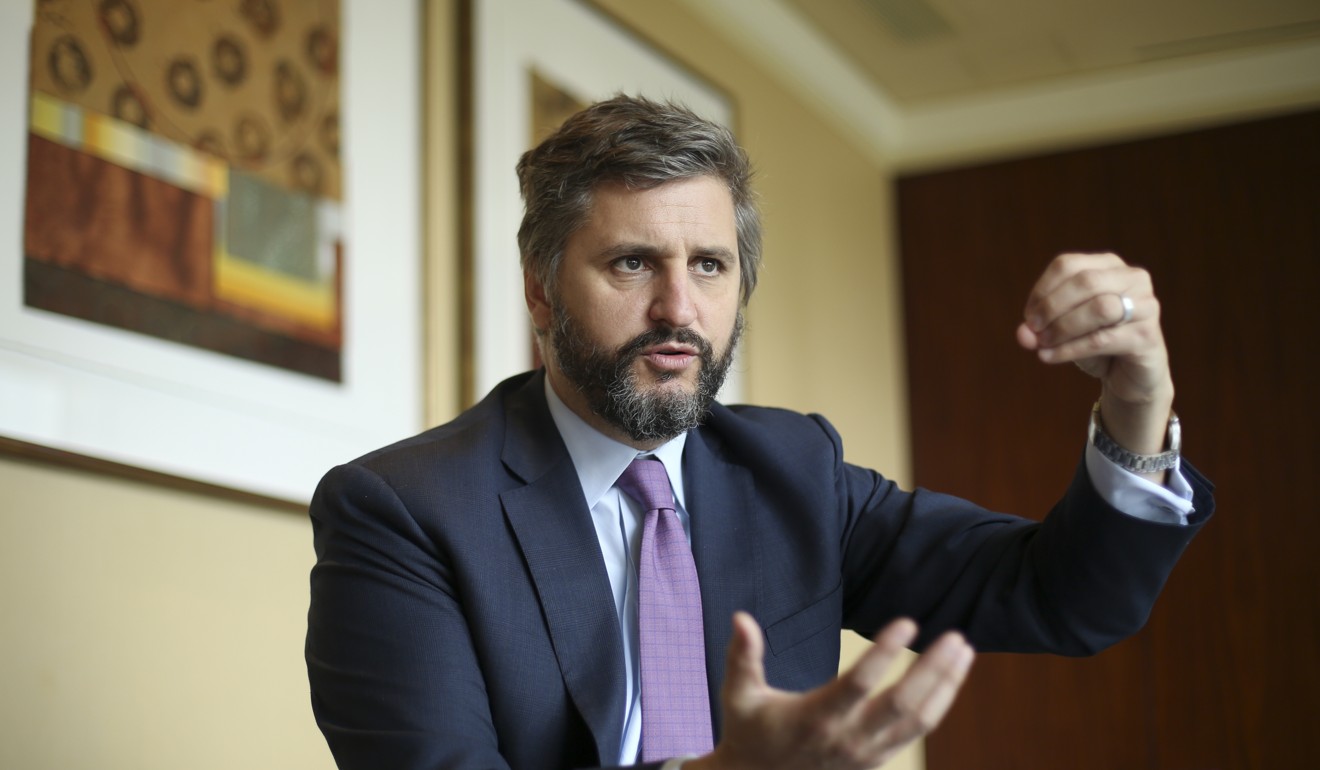
Hong Kong ‘chief resilience officer’ could speed up recovery from typhoons and other major incidents, global advocacy group says
Singapore and other places have created such official posts; destruction after Mangkhut latest illustration of city’s shortcomings
Hong Kong should follow in the footsteps of Singapore, Kyoto and dozens of other cities by creating an official post tasked with strengthening responses to shocks and stresses from typhoons to pandemics, a global advocacy group has suggested.
Two weeks after Typhoon Mangkhut – the most intense storm on record to slam the city – many parts of town are still struggling to repair and clean up after the devastation.

“A big corporate wouldn’t operate without a chief risk officer, so why wouldn’t a city have a chief resilience officer?” observed Michael Berkowitz, president of 100 Resilient Cities, a network under the Rockefeller Foundation promoting the creation of such posts. Hong Kong is not part of the network.
The “chief resilience officer” would be the person in charge of coordinating efforts across government departments, forcing conversations between stakeholders to develop smart and holistic strategies to make the city more resilient in the face of sudden upheaval.
The latest Asian cities to establish such a post include Singapore, Melaka, Chennai and Jakarta.
But the ability to spring back into shape after a natural disaster is only one aspect of urban resilience, Berkowitz said.
“Resilience comprises many aspects that make a city able to survive anything, including climate-related events like typhoons and flooding,” he explained.
The range of destructive and increasingly costly shocks that cities face go beyond natural disasters: public transport failures, social unrest, migration crises, terrorism, currency collapses, economic turmoil and outbreaks of disease are but a few examples.

Berkowitz cited typhoons as a proven “major part” of the city’s future.
“But if you only focus on that, you’re going to miss the opportunity to strengthen yourself in a way that allows you to survive and thrive no matter what happens.”
Social issues arising from high housing costs and wealth inequalities have made cities more fragile and less resilient, he added. To tackle public health outbreaks, high public trust in government is essential.
Hong Kong man is world’s first human found with rat hepatitis E virus
Democratic Party lawmaker Au Nok-hin believed a chief resilience officer post was definitely needed.
A centralised authority with power to designate departments to take charge is necessary
“The storm has again exposed gaping public administration problems,” Au said. “Cooperation between government departments is very weak, and many tend to shirk responsibility. A centralised authority with power to designate departments to take charge is necessary.”
The lawmaker cited a case of officials taking hours to identify which department was in charge of a collapsed tree.
Au said such a body or position could be set up under the auspices of the Security Bureau or Home Affairs Bureau.
His party on Sunday called on officials to increase recurrent funding for resource-strapped departments and for special grants to be doled out to district councils to make emergency repairs for basic infrastructure.
Berkowitz said cities could also integrate resilient thinking into their urban planning.
He noted what Singapore had done with its Marina Barrage. Built in 2008, the dam created a reservoir near the city’s central business district.
After typhoon, Hong Kong beaches could take months to recover
“It was built initially to address what Singapore sees as its existential threat: freshwater availability,” he said. “But it also allowed them to create this whole new coastal recreation area, with the Gardens on the Bay on one side and the East Coast Park bike path on the other.”
The project boosted urban biodiversity as well as spurred economic and tourism development with the eventual construction of the Marina Bay Sands. In addition, it provided a tidal barrier to alleviate coastal flooding.
Taking a page from Singapore, Paris came up with its Project Oasis school yards programme. The aim is to green 700 acres of concrete school courtyards and open them up as public spaces.
Extreme weather drives Hongkongers off the streets and into cars
By turning the yards into green spaces, Paris officials created an urban cooling effect and a means to capture rainwater.
The ensuing spaces are open to the community on weekends, he added, meaning newly arrived people in the country, including refugees and immigrants, have “somewhere to congregate and understand what it means to be Parisian, French or European”.

